

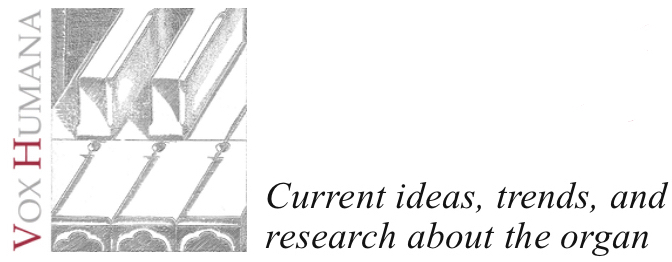
January 26, 2020
GERHARD AUMÜLLER & MALTE KOB
–––––––––––––––––––––––––––
Vox Humana Forms: Comparison of Two Historical Sound Concepts
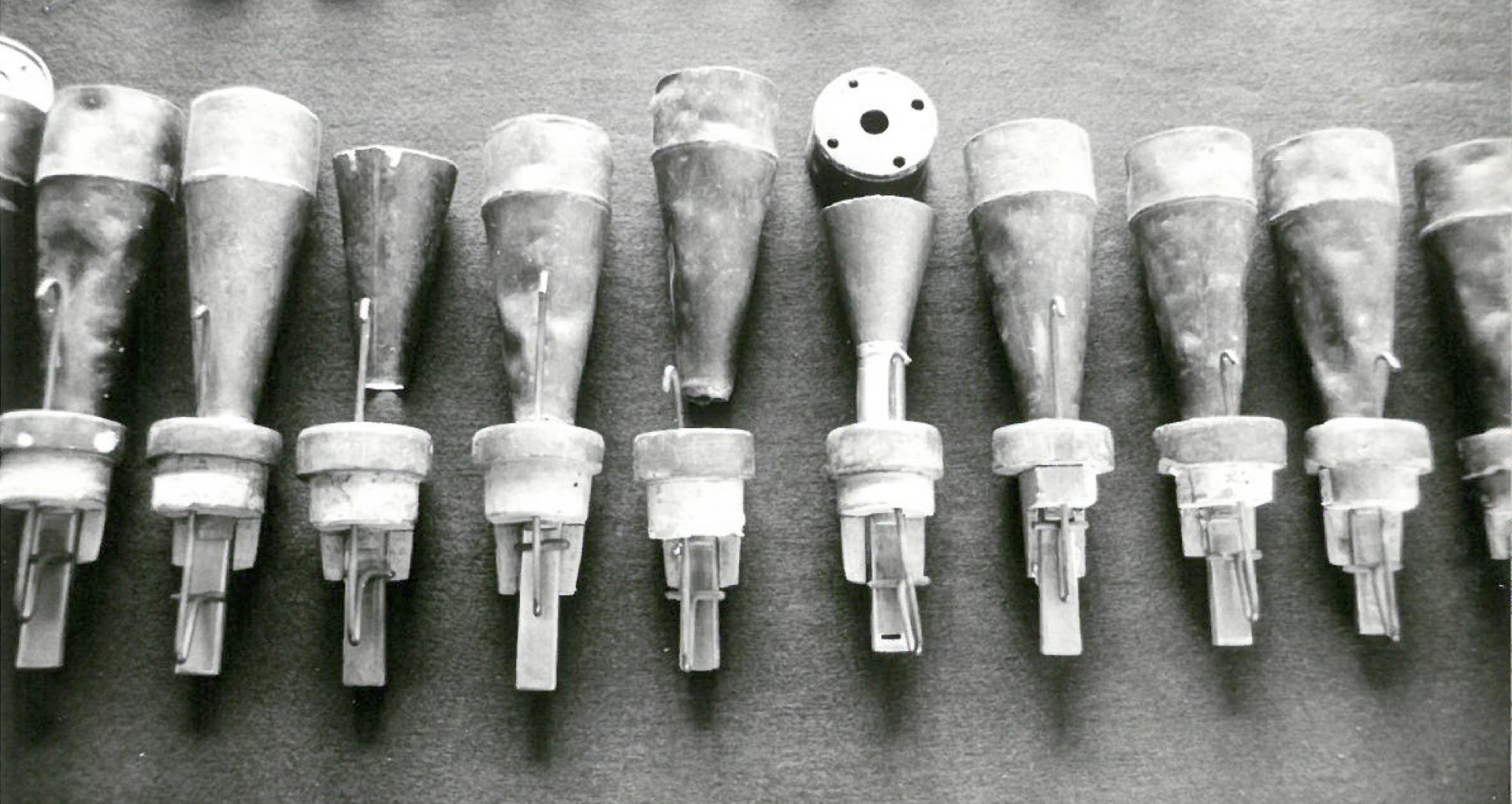
January 26, 2020
GERHARD AUMÜLLER & MALTE KOB
–––––––––––––––––––––––––––
Vox Humana Forms: Comparison of Two Historical Sound Concepts

Vox humana pipes from the 1696 Schweimb-John-Naumann organ at the Monastery Church of St. Abdon und Sennen in Salzgitter-Ringelheim, Germany.
Vox humana pipes from the 1696 Schweimb-John-Naumann organ at the Monastery Church of St. Abdon und Sennen in Salzgitter-Ringelheim, Germany.
From the Editor
The following paper is a condensed version of a lecture given during the interdisciplinary symposium "Vox humana – die menschliche Stimme. Geheimnis, Herausforderung Aufgabe – nicht nur für Orgelbauer" ("Vox humana – The Human Voice. Secret, Challenge, Task – Not Only for Organ Builders"), organized in June 2019 by Hans Hermann Jansen at Kloster Marienmünster in Westphalia, Germany. It details much organ building history for Northern and central Germany. There are extensive footnotes throughout — to view them, simply click/tap the number of the note (in red), and you will be redirected to the bottom of the page; at the end of each note, then click/tap "Return to text," and you will be redirected to where you left off.
––––––––––––––––––––––––
Introduction
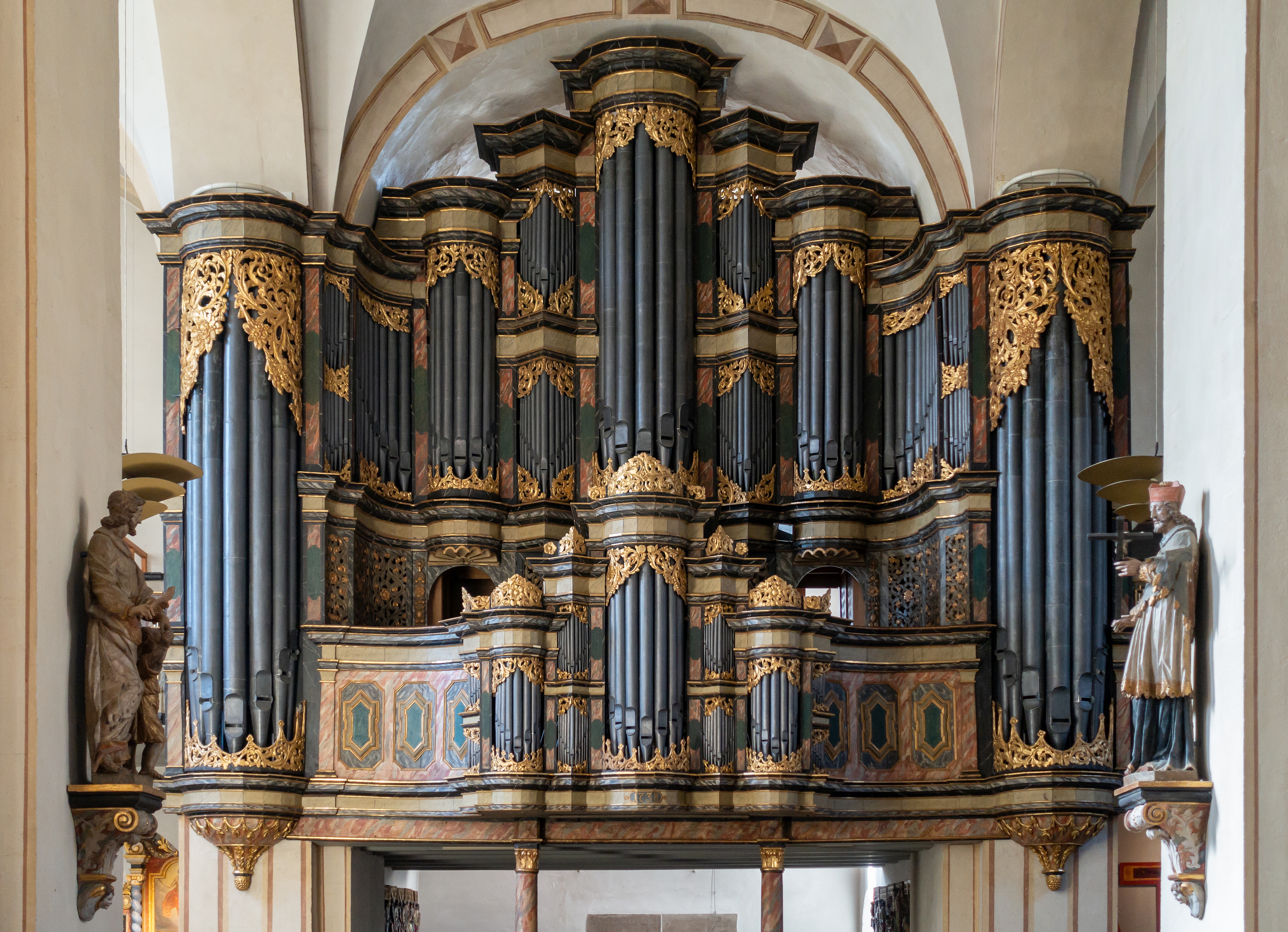
The abbey church in Kloster Marienmünster, Westphalia, Germany, dating back to the twelfth century, houses one of the largest historical organs of the region, built in 1736–1738 by Johann Patroclus Möller (1698–1772), the most important Westphalian baroque organ builder. The wonderful instrument (III/42/P) was carefully restored by Manufacture d'Orgues Muhleisen in 2010–12, but requires additional work on the (partly) historical Vox humana stop on the Hauptwerk. The aim of this paper, therefore, is to give some information on the regional development and forms of these interesting reed pipes.

Survey on the Development of the Vox humana Stop
Early in the sixteenth century, an "acoustic revolution" took place in central European organ building, perhaps motivated by the humanist concept of "mimesis" (imitation, in the sense of recalling specific impressions related to the senses). Organ pipes were constructed to sound like certain instruments, e.g. trumpet, flute, cromorne, etc., or animal and human voices: "blechen Kälber-Regal" ("Bleating cow Regal", as in Praetorius, Syntagma musicum1), and "Vox humana." Contrary to Italian renaissance organs, where "voce (h)umana" means pairs of slightly different tuned labial pipes producing vibrating or undulating sounds (like the German "Schwebung" or French "voix celeste"), the "classical" vox humana in central European renaissance and baroque organs is a reed stop with short resonators.
This form of the "human voice" stop originated in the first half of the sixteenth century in Northern France and the Netherlands, where the Franco-Flemish vocal polyphony reached its climax with Josquin Desprez (1450/55–1521). Here is a list of some various early designations of the stop:
First half of the sixteenth century, (Northern) Italy: labial "Voce humana"2
––––––––––––––––––––––––
1539: Hendrik Niehoff, Amsterdam: Baarpijp 8'3
1560: Pieter Isoore, Hazebrouck: Voix humaine, Gent 1569/71: de voix van een choral4
1578/80: Nicolas Barbier, Gisors: Régale/Voix humaine; others: Jeu d'enfants5
1610: Daniel Bader, Münster: Kinderbass 4'6
1610: Esaias Compenius/Michael Praetorius, Hessen: Jungfrauwbaß 2'7
ca. 1615: Heinrich Compenius (?), Halle: Singend Regal 4'8
Regional spread and structural differentiation
1737/50 Joseph Gabler, Weingarten: Vox humana9
Among the earliest organs containing different types of reed stops is the "Grote Orgel" in the Oude Kerk in Amsterdam, built in 1539–1545 by Hans Suess (van Keulen), Hendrik and Herman Niehoff, and Jasper Janz. This organ is peculiar in that it has Regal 8', Baarpijp 8' and Schalmei 4' in the Rugpositief and Trompet 8' and Zink 8' in the Bovenwerk.10 The Baarpijp (in German "Bärpfeife") already aroused some confusion with Michael Praetorius, who in his Syntagma musicum 2 (hereafter "SM 2") deduced that the name referred to a bear's silent humming.11 The Baarpijp had a triple-cone resonator, as was the classical "Krumbhorn" (cromorne), but with a wider upper part, as is shown in Fig. 38 in Praetorius's SM 2 as below (relevant examples in red):
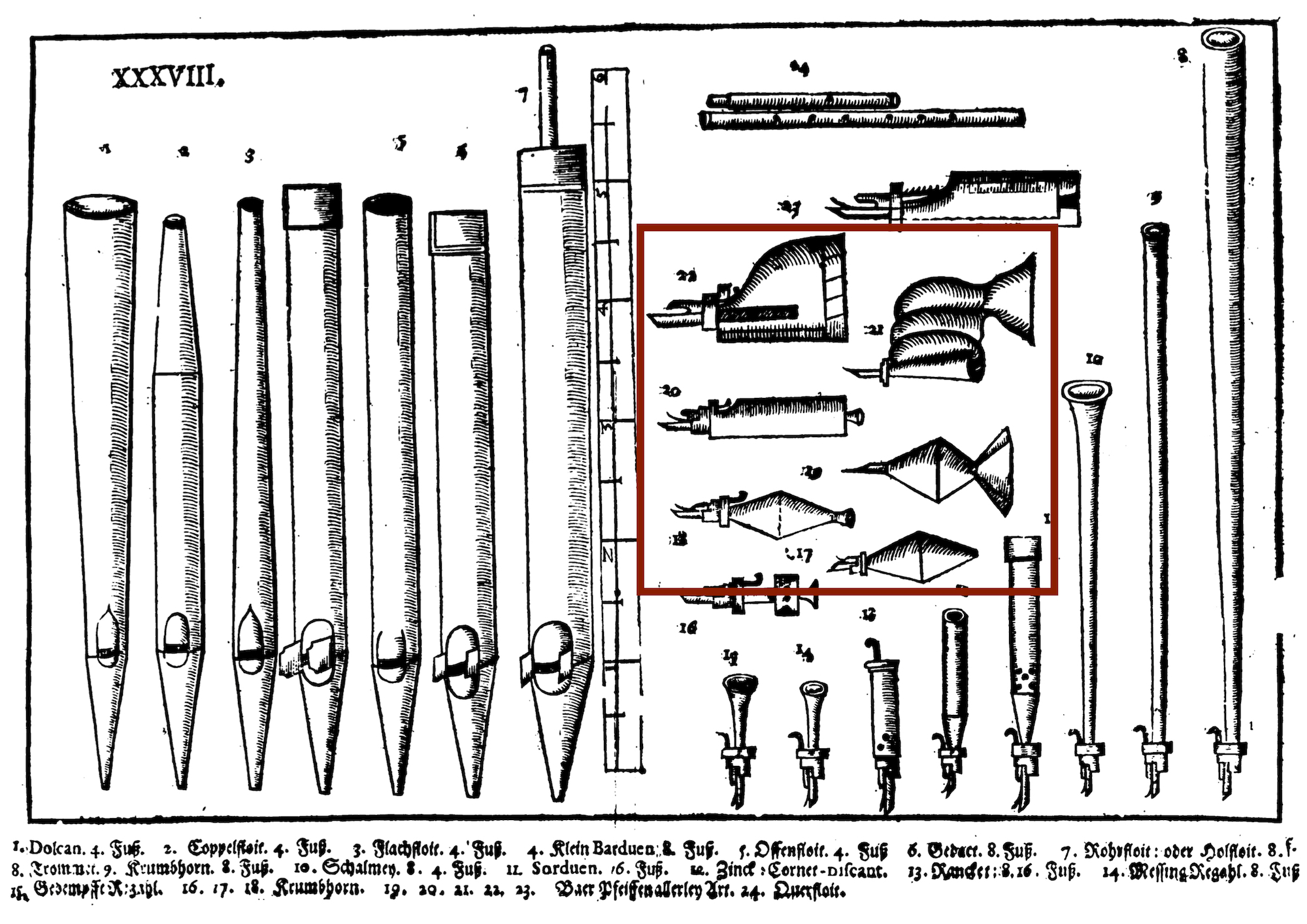
Form Types of the Vox humana
Povilionis and Povilionienė12 analyzed several forms of vox humana pipes in various organs and were able to distinguish nine different types in baroque organs. Their results are summarized here:

These different types can be reduced to two fundamental structural elements which may be termed the "cornetto type", resembling the cornetto stop or "Zink(e)", as had been used e.g. by Hans Scherer (shown in Praetorius Fig. 38, No. 12 — see above), and the cromorne type or "Krummhorn-Typus" (Nos. 16–18 in Praetorius Fig. 38 — see above). The characteristic feature is the shape of the resonator, which in the cornetto type is tube-like and half-stopped, and in the cromorne type double- to triple-conic open (or half-stopped). All other forms are more or less special types that appear frequently.
Arp Schnitger and Andreas Schweimb – Eminent representatives of Northern and Central German baroque organ builders
One of the most impressive and important figures in classical organ building is certainly Arp Schnitger (1648–1719), who between 1677 and 1719 dominated the art of organbuilding from Groningen, Bremen, and Hamburg to Magdeburg and Berlin.13 As a "global" entrepreneur, he sold organs to Moscow and to Portugal; as an artist, he was a friend of organists Dieterich Buxtehude and Vincent Lübeck; and as a superb craftsman, he taught several of his apprentices, who later founded their own shops, e.g. Johann Hinrich Uhlenkampff (1711) in Portugal, Johann Balthasar Held (died 1709) in Lüneburg and Johann Matthias Naumann (1662–1727) in Hildesheim. The grand organs Schnitger built in Hamburg, Bremen, Groningen, and elsewhere mark a climax in the North German art of organ building, as he developed a multitude of solutions for individual organs, enabling even the smallest village organ to develop its characteristic "Schnitger sound", with an enormous presence and characteristic colors, as can be experienced with the large organ in St. Jacobi in Hamburg, as well as the smaller ones in Uithuizen, The Netherlands, or Dedesorf near Bremen.
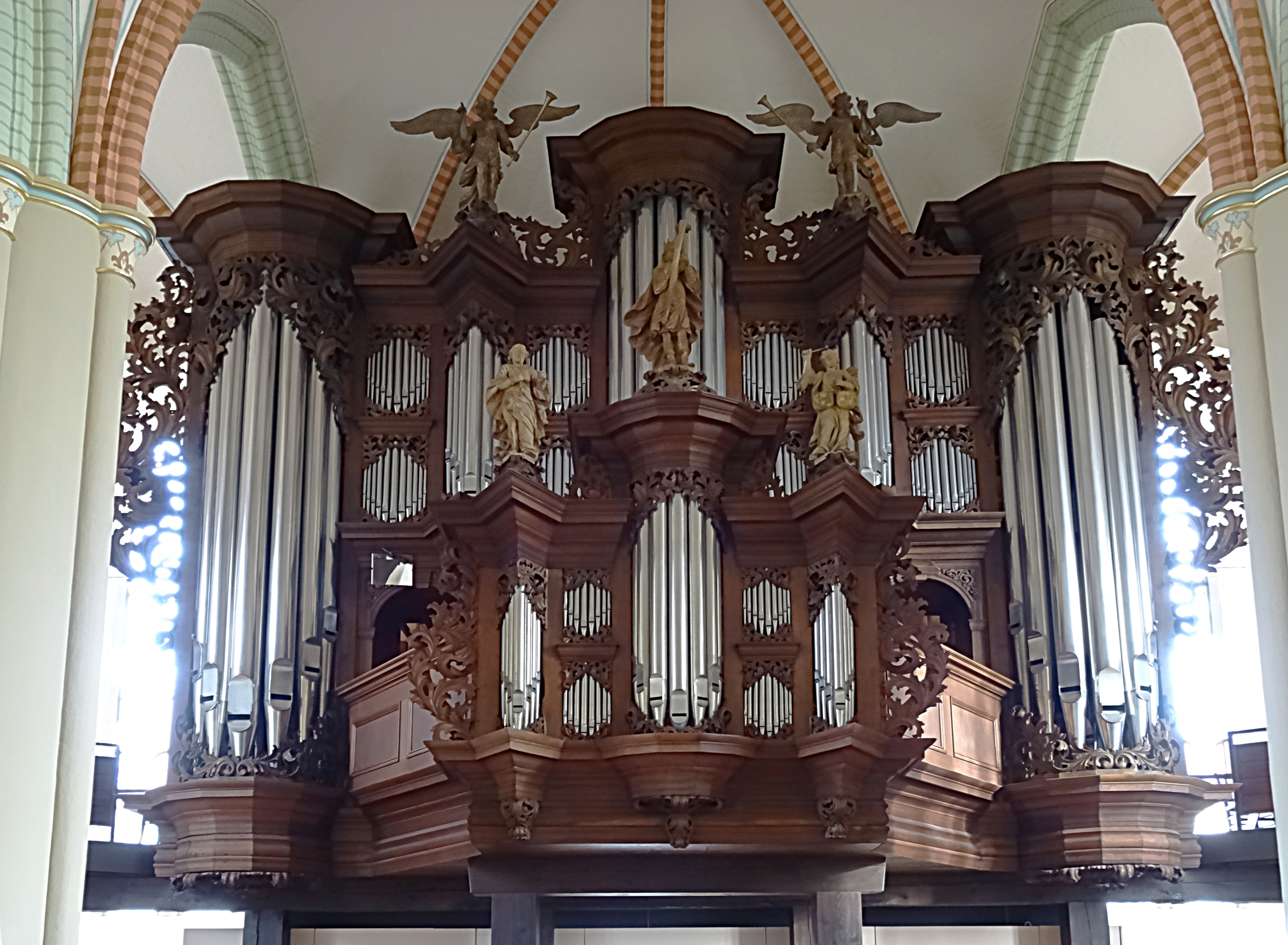
An excellent networker, Schnitger became acquainted with Caspar Calvör (1650–1725), pastor in the mining town of Zellerfeld in the Harz Mountains, who is well known for his tutorship of the young Georg Philipp Telemann (1681–1767). In 1699, Schnitger started building a new organ for the newly-constructed St. Salvatoris church in Zellerfeld.14 His senior colleague Johann Matthias (Matthäus) Naumann, who originated from Frankfurt am Main, led the work. The instrument containing 53 stops (III/P), which was finished in 1702, was later regarded as one of the most impressive organs in the Harz region.15 Johann Hermann Biermann characterized the typical "Schnitger sound" of the organ in the following way: "[...] I know that each and every stop has very carefully been prepared in its voicing, particularly throughout the reed stops; the full organ has such a sharpness that one might say it cuts like a razor."16

In the middle of the seventeenth century in the regions bordering the upper parts of the Weser river (the western part now being Westphalia, the eastern Southern Lower Saxony) the Bader family, particularly Hans Henrich Bader (c. 1600–1681) and his sons and pupils, dominated organ building.17 In addition to the building of large organs in the Netherlands (e.g. Zutphen), they started projects in Wesel, Münster, Paderborn, and Hildesheim. Their preferred constructive element was the double spring chest, which was also used by their major competitor in Lower Saxony and Magdeburg, Heinrich Herbst, Sr. (around 1620–1687).
There is no documentation, but perhaps one of Herbst's pupils was Andreas Schweimb, born in Dedeleben near Halberstadt in 1654, who in the 1690s until his early death in Einbeck (in February 1701) built several organs in Westphalia (Lethmathe: 1696–1700, Hemer: 1700), in the Harz region and around Hildesheim (Lamspringe: 1693–96, Heiningen: 1698, Wöltingerode: 1696? and Riechenberg: 1698–170118). Already his contemporaries such as Johann Hermann Biermann in his Organographia Hildesiensis were enthusiastic at the beauty and quality of Schweimb's organs, "the voices of which were most delicate and voiced in a very sweet and graceful manner." According to Harald Vogel, Schweimb was the most important organ builder in Northern Germany alongside Arp Schnitger: "Together with his successor Johann Jacob John, Andreas Schweimb plays a central role in the development of organ building on either side of the upper Weser river around 1700. During that time, he was the only active organ builder in the region which now is Lower Saxony, equaling Arp Schnitger in the dimensions of the projects, the originality of the concepts as well as the quality of the technical execution and voicing."19
The tensions between Schweimb and Schnitger which later developed could have originated from Schweimb's organ (II/40) in the Benedictine Monastery of Lamspringe in 1693–96, where he seems to have used pipes made by the organ builder Paul Landrock from Hamburg which had been evaluated by Schnitger for selling them to the monastery church in Lamspringe.20 In 1696, Schweimb then built an organ in the church St. Abdon and Sennen in the Benedictine monastery of Ringelheim (near Salzgitter), which later was enlarged by Johann Jacob John and an unknown organ builder.
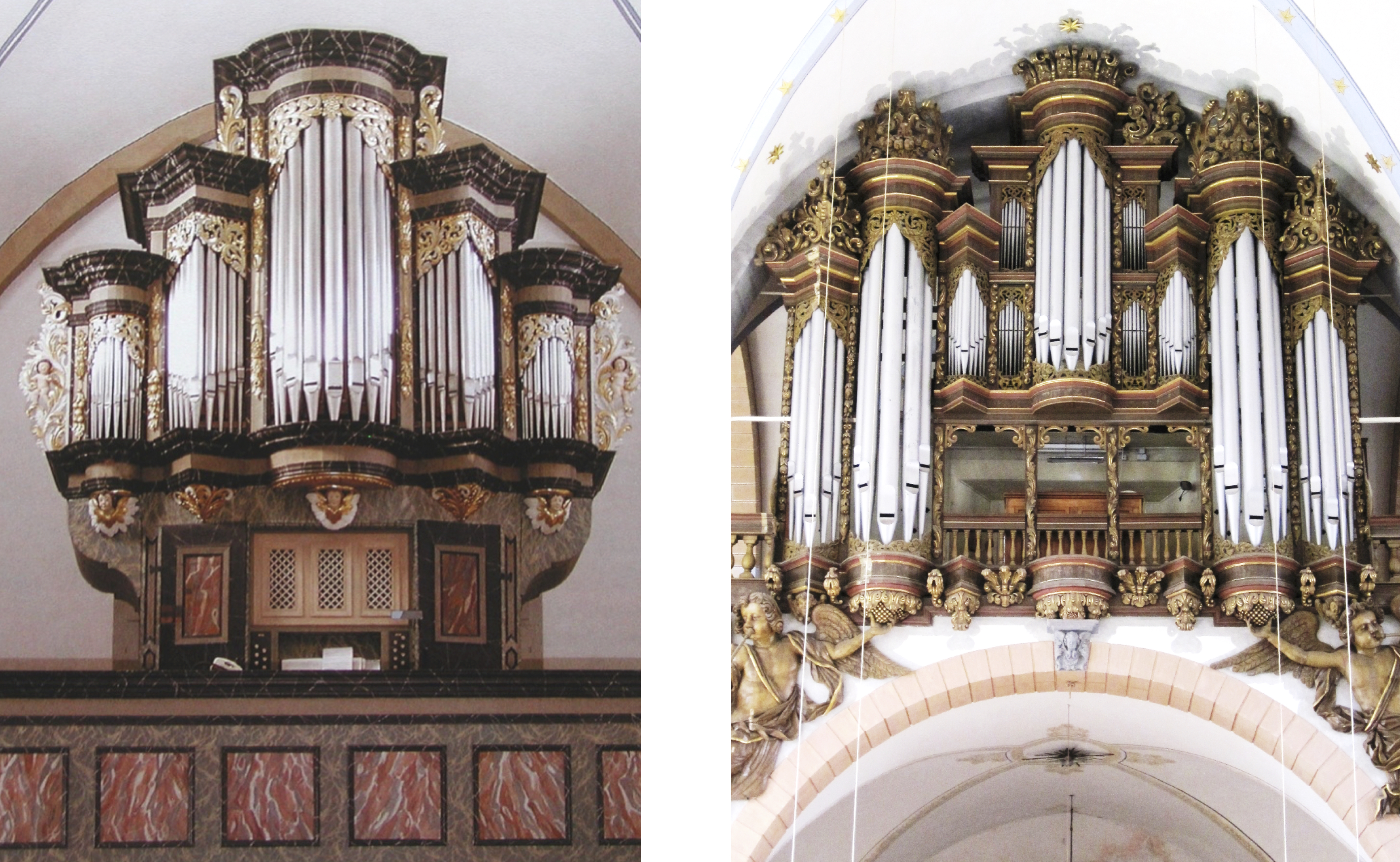
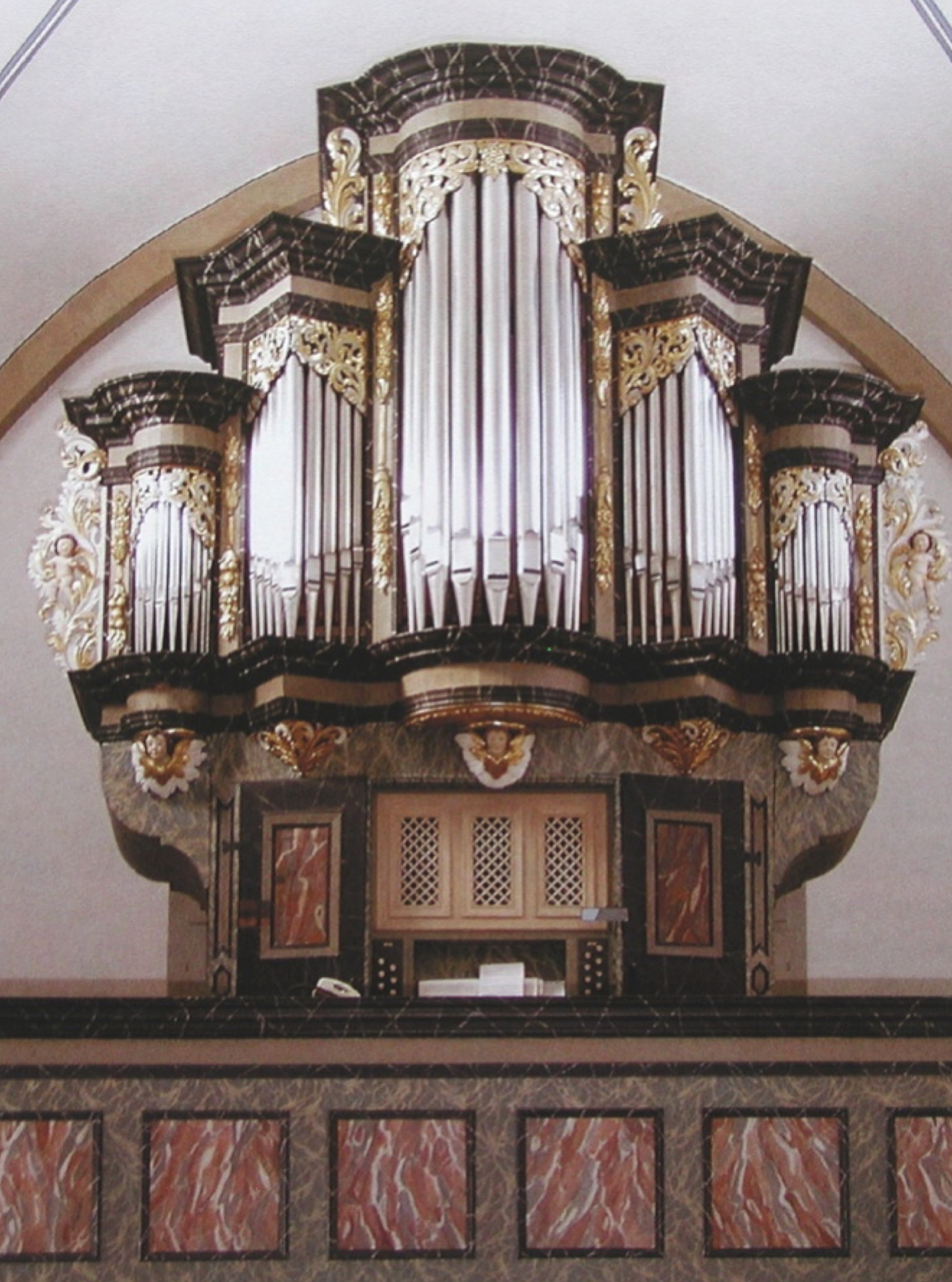
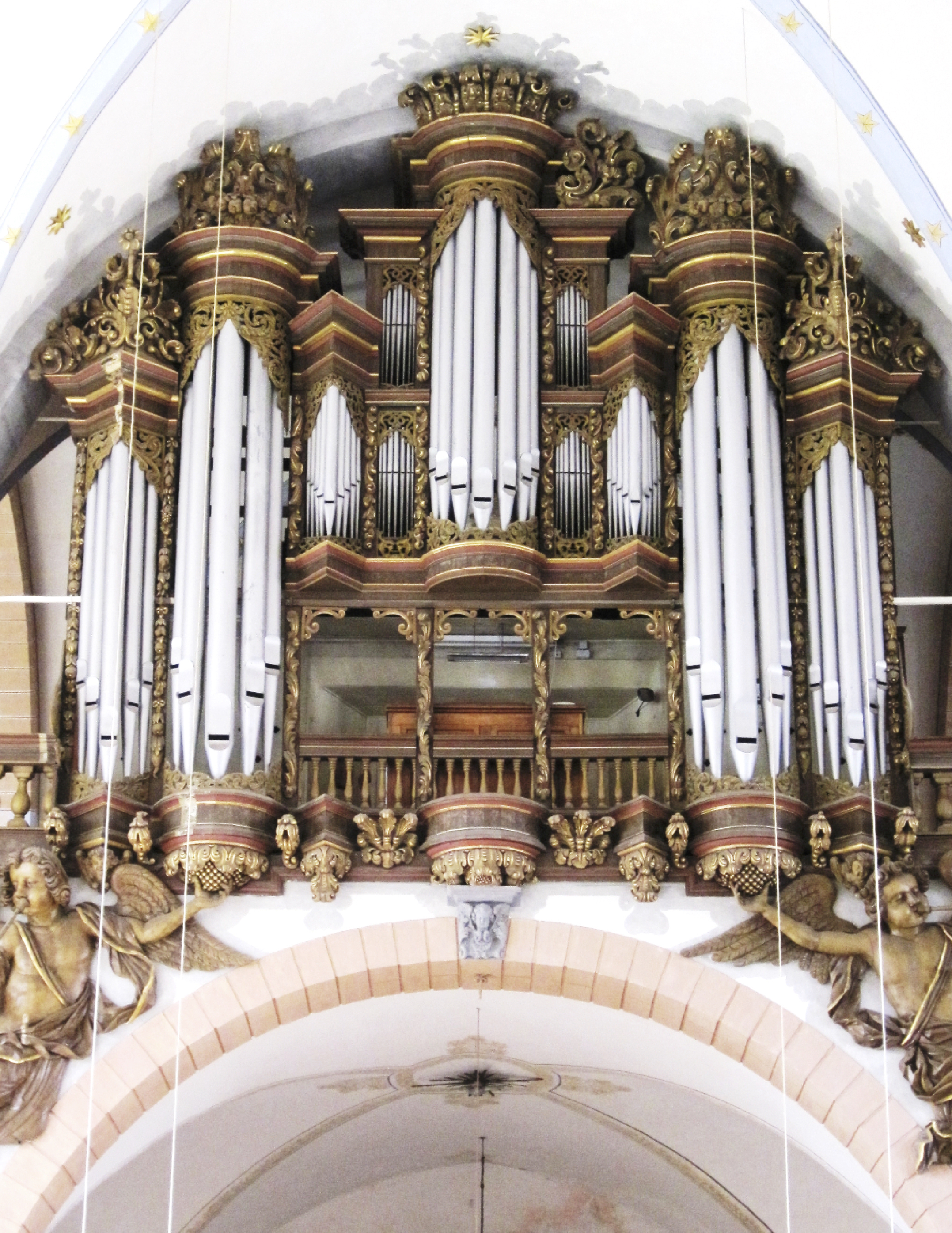
As mentioned by Vogel, Johann Jacob John was a collaborator of Schweimb, who, after the latter's death, married John's widow and took over his projects. John was born in Lengefeld near Mühlhausen, Thuringia, baptized there on September 24, 1665. He had a good and extended education, and from 1686–1692, when he was 21 years old, became apprentice of the Mühlhausen organ builder Johann Friedrich Wender (1655–1729). It should also be mentioned that he was Wender's coworker when the organ of Divi Blasii church in Mühlhausen was enlarged in 1689–91; later in 1707/08, this organ was played by Johann Sebastian Bach.21 Perhaps already in 1693 or little later, John became coworker of Andreas Schweimb in Einbeck. It is interesting to note that Schweimb's larger projects started in the middle of the 1690s, pointing to an intensive and fruitful cooperation between master and apprentice. With the support of the prince bishop of Hildesheim, Jobst Edmund von Brabeck (1619–1702), who originated from Lethmathe, Westphalia, Schweimb took on demanding projects in both Westphalia (Lethmathe and nearby Hemer) and the Harz region (Riechenberg Abbey), when he died in February 1701 before completing them.
Comparing the style and sound characteristics of Schnitger's and Schweimb's organs, respectively, clear-cut differences are obvious, pointing to different sound concepts of both eminent masters, which have already been realized by contemporary organists such as Biermann. This becomes particularly clear when regarding the Naumann-John controversy on the Vox humana, more of which follows.
The Riechenberg organ: flash-point of the quarrel between Arp Schnitger and Johann Jacob John
Schweimb in 1698 had started to build a large organ in the church of the Augustine canons at Riechenberg near Goslar. The instrument was to have two manuals (Oberwerck and Brustwerck) with 12 stops each and a pedal of 10 stops. However, on January 31, 1701, Schweimb died at the age of 47.
As usual, his master journeyman Johann Jacob John took over all of Schweimb's projects. He had to marry Schweimb's widow to become responsible for her and her daughter, and take ownership of the enterprise.22 In addition to the Riechenberg organ, John had to complete the organ in the Church of St. Peter and Paul in Hemer, the home town of prince bishop Jobst Edmund von Brabeck, around 270 km/167 miles from Riechenberg. Therefore, most of the work in Hemer had to be done by John's coworkers, presumably the brothers Andreas and Bernhard Reinecke (see below). They had already been working with Schweimb and were familiar with their masters' style. The Hemer organ was completed in 1702 and was greatly appreciated ("sumptuosum organum"23). Moreover, John in fall 1701 had started a new project of a large organ in the monastery in Hardehausen, about halfway between Hemer and Riechenberg. Even though he (and perhaps his coworkers) was able to finish the (now lost) Hardehausen organ (48/III/P, with a Posaune 32' in the pedal) in July 1705, the work on the Riechenberg organ had been interrupted several times for different reasons in the meantime, which was heavily criticized by the provost.24 For instance, the organist of Goslar, Johann Georg Meckenhäuser, who worked as an expert in the project, had asked John to tune the organ in a completely unusual way, which took much time, but could not be completed successfully.


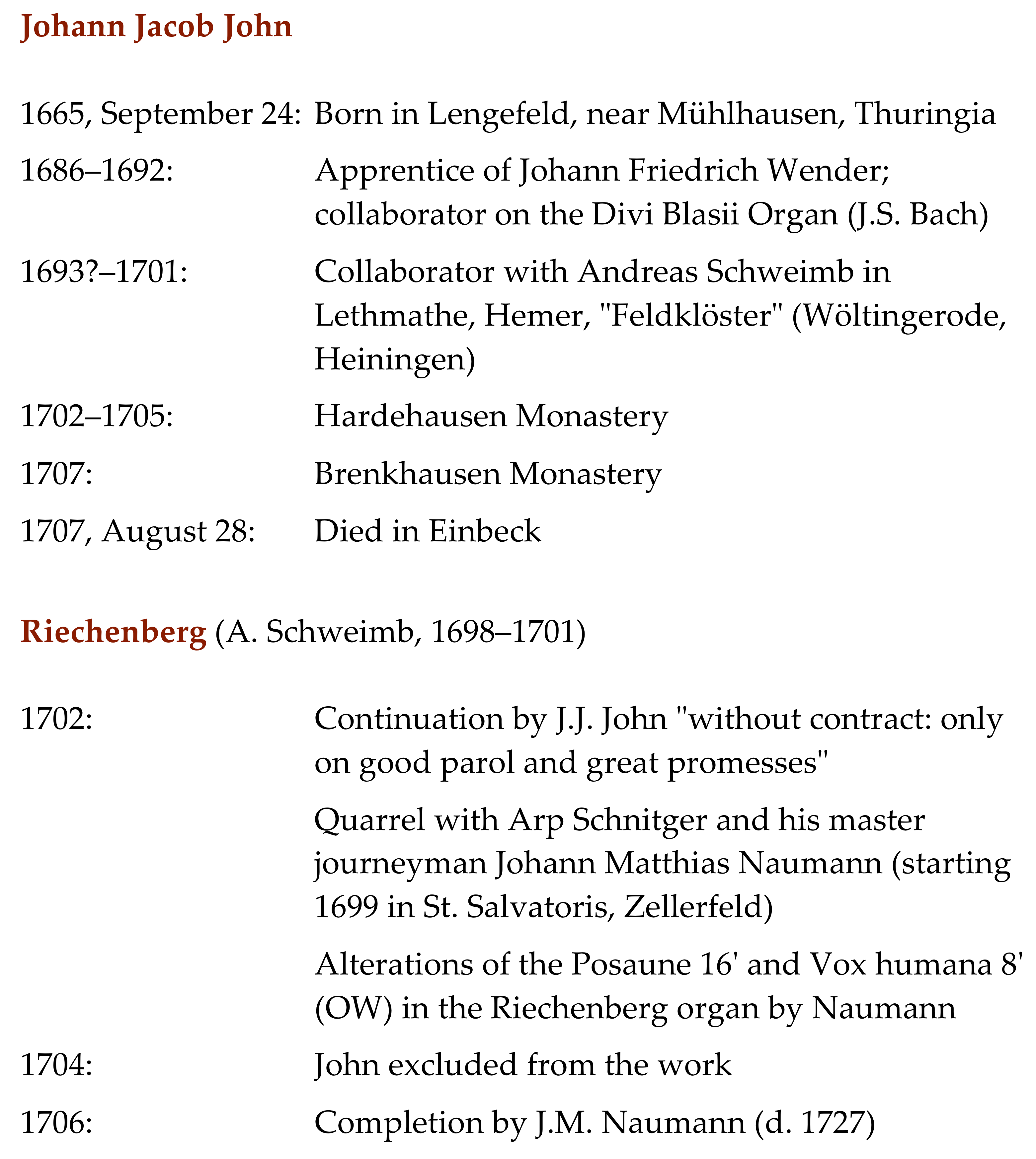
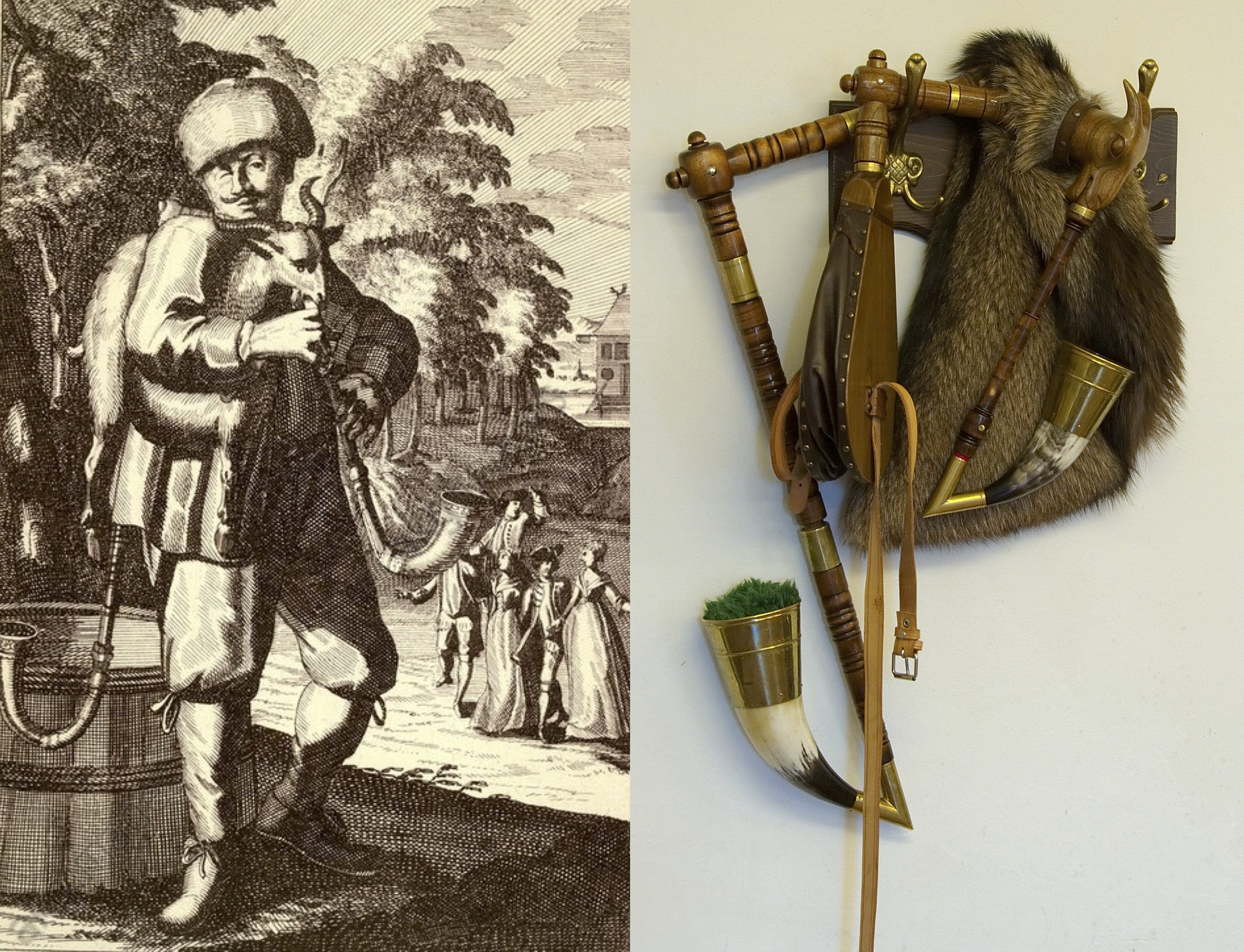
As mentioned, in July 1699 Schnitger had closed a contract for a new organ in St. Salvatoris, Zellerfeld, about 20 km/12 miles from Riechenberg. Johann Matthias Naumann, who was in charge of the work, learned of John's problems with the Riechenberg organ. With the knowledge and encouragement of his master Schnitger, Naumann visited the Riechenberg organ, criticized much of the work, and even started to change constructive elements of a number of stops. This caused the beginning of a lengthy forensic process, which is well-documented, reporting a number of comments both John and Schnitger made about each other. Even though Schnitger had praised Schweimb ("he wouldn't have thought that such an artist [like Schweimb] would be in the world and it were a pity that he had to molder"), John responded that "they are all my enemies without any reason, and Herr Schnitger doesn't wish at all that someone other than he and his creatures would be able to build a Posaune basso of 32', as if this would be more an art rather than effort and meticulous work." Naumann had made major changes on John's Posaune pipes, and even more with the Vox humana, which presumably was largely altered. John asked, "why could [Naumann's] Vox humana have be named in that way, as it doesn't sound like [a human voice], but resembles the sound of a Polish bagpipe; he would have inserted it for me. If I had done something like that, Help eternal Lord, what a clamor on me that would have started". The "Polnischer Bock", a large bagpipe, ending in a goat's horn, gives a very rude sound, indicating John's negative view of Naumann's work.

Even though the Faculty of Law at Erfurt University as well as the Official Ecclesiastical Court at Hildesheim in 1704 fostered John's defense, the story came to an end by the provost's decision to exclude John from further work on the organ and to give it to Naumann. Thereafter, John was able to complete a small organ in Brenkhausen monastery in Westphalia, but he died prematurely in August 1707.
Obviously, the essential problem — in addition to Schnitger's business strategy — were the differences in the sound concept of both artists, particularly of the vox humana.
John's Vox humana
There is only one example of a vox humana stop preserved which might be attributed to Johann Jacob John. As mentioned, Andreas Schweimb in 1696 had built an organ in the monastery church of St. Abdon and Sennen. In 1707 (the year of John's death), a Rückpositiv was added to the organ, perhaps by John, and a vox humana to the Hauptwerk. Later, in the 1750s, a large pedal was added by an unknown organ builder, perhaps Matthias Naumann's son Franz Wilhelm.
This vox humana was removed from the organ in 1869. It was discovered by Klais Orgelbau in Bonn, where it had survived the destruction of their factory in World War II. In 1974, it was again integrated into the Hauptwerk of the Ringelheim organ.
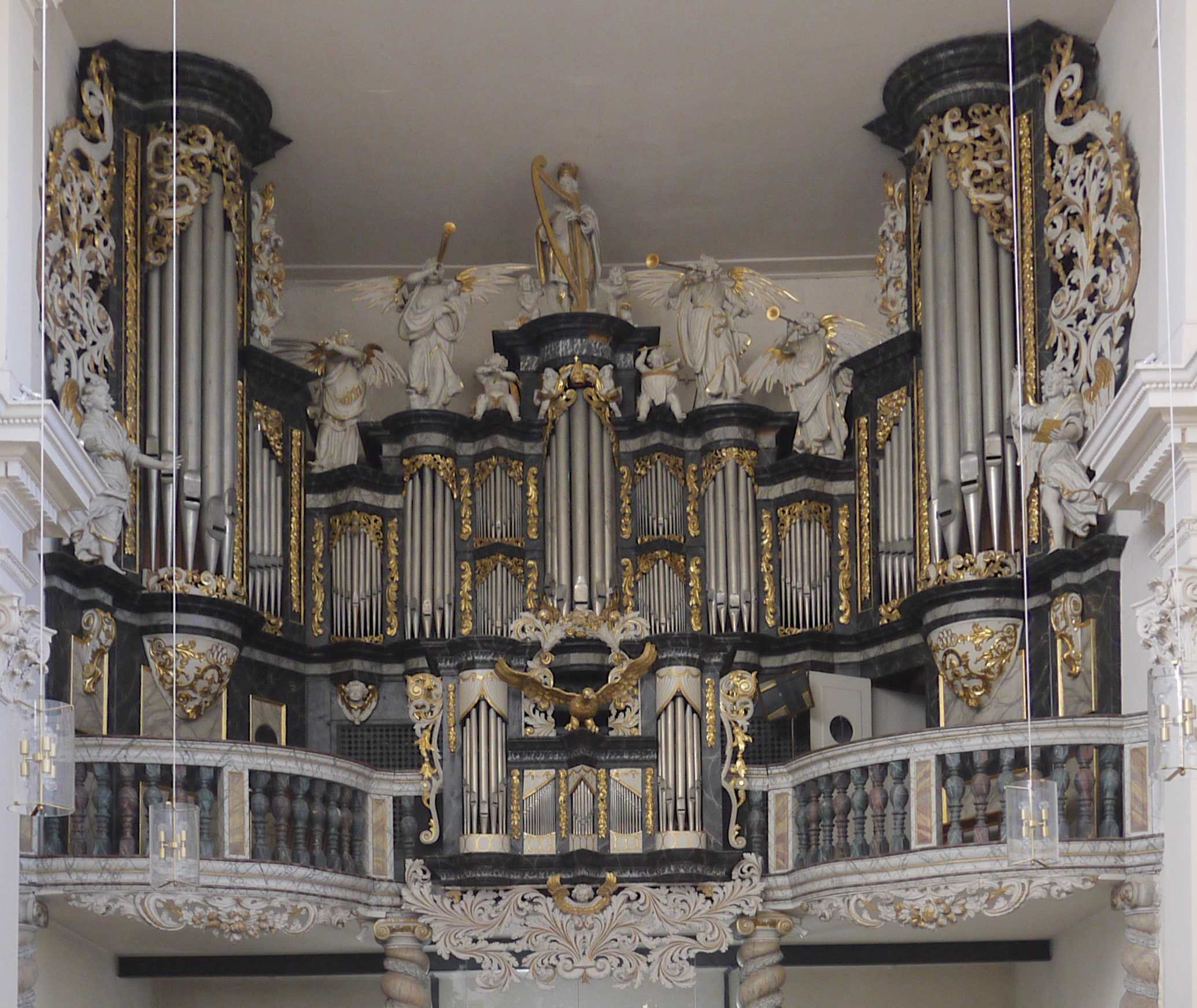
The Dutch organ historian Cornelius Edskes (1925–2015), who had extremely carefully evaluated the instrument in 1974 prior to its reconstruction, wrote the following to me in 1996: "Due to its constructive characteristics, the vox humana cannot be made by Naumann. Naumann should have known the peculiarities of the vox humana type which sometimes were made by Schnitger. These have partly been overlooked, however, by the maker of those pipes. As I have already mentioned in my report on the Ringelheim organ, the attribution to John is and remains conjecture until the proof of the opposite. If, however, the Rückpositiv has been made by another organ builder, I would prefer to think of the organ builder family Gloger in Northeim. This because of some constructive peculiarities. Also, both the pupils of John, as you mention, would be possible. Of course, it was impossible to study in depth the organ history of this region during the evaluation of the organ in Ringelheim; I think your paper might be helpful in that respect."25

The two pupils of John mentioned most likely were Andreas (around 1670/75–1727) and Bernhard Reinecke (around 1670/75–1731), who had presumably worked already with Schweimb and later with John.26 They seem to have been in contact in a yet unknown way with Johann Patroclus Möller, the builder of the impressive organ in Marienmünster monastery. It would, therefore, be most interesting to compare the vox humana pipes of Ringelheim and Marienmünster to those in Schnitger organs.
The form of the Ringelheim type vox humana is shown here:

The lower part of the short resonator is slightly elongated and funnel-shaped, whereas the wide upper cylindrical portion is rather short. The five-hole lid has a comparably small central opening. There are clear differences to the constructive form of the Schnitger vox humana at St. Jacobi in Hamburg, the outer shape being comparable to the Ringelheim type:
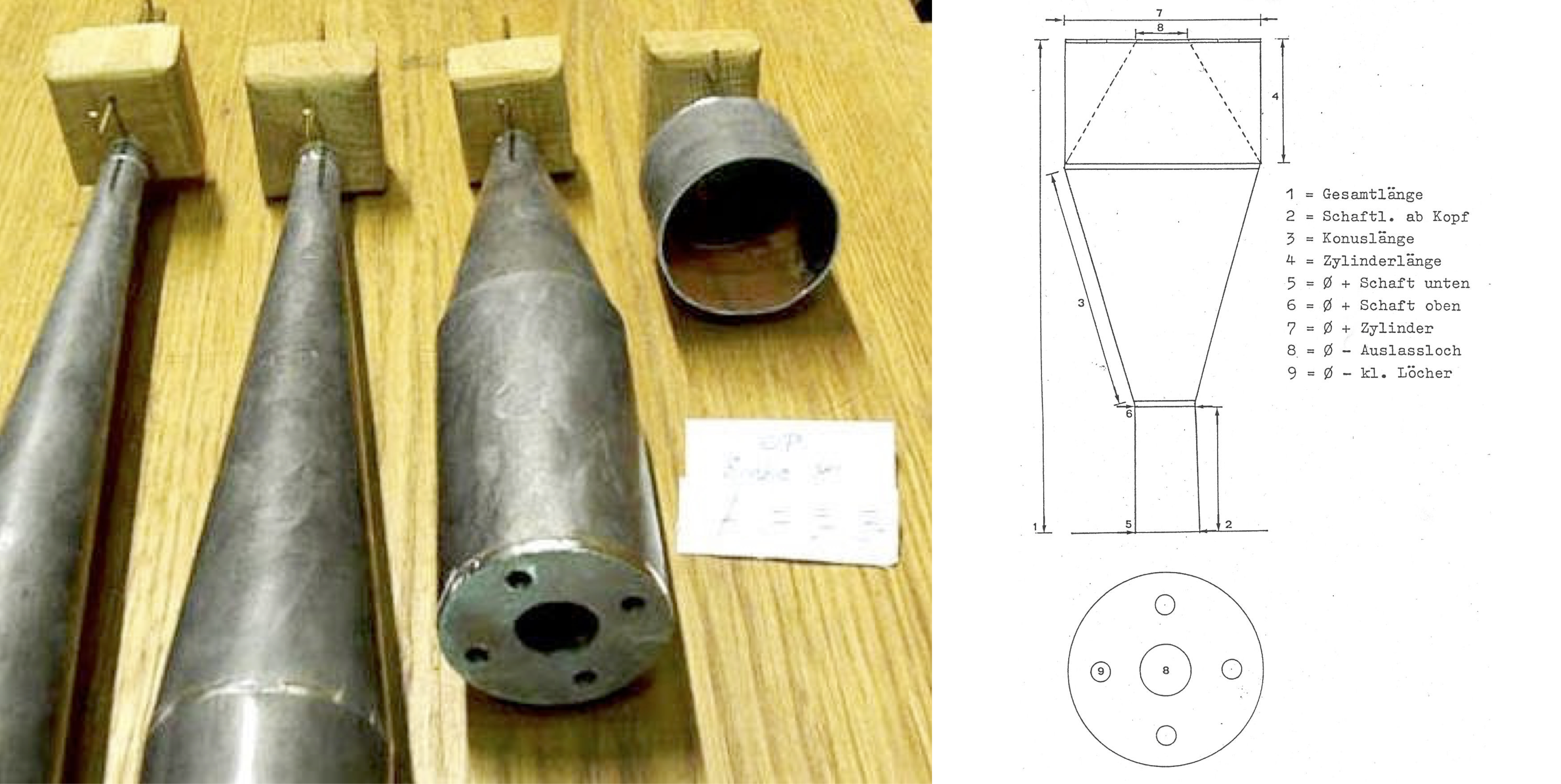
But decisively, in its interior it contains a double-cone or spindle-shaped resonator. As yet, it is unclear why the pipes were given this highly complex form, and its effect on the sound production.
The following table summarizes the characteristics of different vox humana types constructed by Northern and Central German organ builders, showing the unique position of the Schnitger vox humana in his organ at St. Jacobi in Hamburg:

Concerning the vox humana stops found in the (putative) John organ in Ringelheim and the Möller organ in Marienmünster, both have a relatively high proportion of original pipes, showing surprising identities.
This is the point where the Reinecke brothers are of particular importance. Around 1707, the year of John's death, they had settled in the little county of Waldeck, immediately bordering the southern parts of Westphalia. From there, they started a series of organ buildings in small towns and villages, such as Mengeringhausen, Twiste, Rhoden and several others27, all of which had spring chests. The last organ in that region built by Andreas Reinecke was in Thalitter in 1727, featuring a vox humana! In addition, around 1707–1725, Andreas Reinecke and his brother built a number of larger organs in Westphalian monasteries and collegiate churches such as Borken (1715) and Willebadessen (1722–1725). Even if there are no archival documents left, circumstantial evidence (organ size and construction, stop list, location, chronological coincidence) suggests that the large organs in the Augustine canonic church of Dalheim (around 1710, now in Borgentreich) and Neuenheerse (1713) were built by the Reinecke brothers. The quality, constructive peculiarities and particularly the preference of reed stops like the vox humana in the John and Reinecke organs are strong indicators that they served as a kind of model for Johann Patroclus Möller.28 It is very likely that Möller was closely familiar with and influenced by the Johan and Reinecke organs.
As we presumed that the Ringelheim type of vox humana was also used by the Reinecke brothers and by J.P. Möller, we have compared the pipes from Ringelheim with those from Marienmünster and from Borgentreich (following the reconstructive restoration in 2012). The following photographs show the similarities:

A closer look on the interior of the pipes, however, indicates slight differences in the form of the resonator (with considerably larger central openings in the Marienmünster Vox humana), the tongue, shallot, and block. What the influence these differences mean with respect to the sound of these pipes will be studied in detail with quantitative methods.
Musical Examples
The following recordings demonstrate the great diversity between different short resonator reed stops on organs within the same region. To begin, here are three examples of the reeds of the organ at St. Jacobi in Hamburg, demonstrated by Harald Vogel29:
The Bahrpfeiffe 8' in the Rückpositiv.
The Trechter Regal 8' in the Brustpositiv:
The Vox humana 8' in the Oberpositiv:
The reed stops in a "Praetorius" registration:
Jacob Praetorius: Vater unser im Himmelreich, Verse 6, performed by Harald Vogel.
The following is a demonstration of the vox humana on the Schweimb-John-Naumann organ in Ringelheim30:
Hans Kotter: Spanieler, performed by Friedhelm Flamme.
Finally, here is a recording of the vox humana stop on the Möller organ in Marienmünster31:
Mathias Weckmann: Ach wir armen Sünder, Verse 3, performed by Friedhelm Flamme.
Quantitative analysis of Vox humana stops
Preliminary investigations reveal differences between vox humana registers of selected organs as well as similarities with vowels of human voice sounds. In the following recording, a G major cadence is played on the vox humana stop on the organ in Marienmünster:
This was then analysed using the software praat (available here):


The upper half of the analysis shows the microphone signal recorded at 2.5 m distance from the pipes using a RØDE NT5 microphone and a HEAD acoustics SQobold hard disk recorder. The lower half shows the spectrogram (grey) and the frequencies of vocal formants (red dots) using standard analysis setting (5 formants, range of 0 to 5.5 kHz). The formant analysis exhibits slightly different formant locations for each chord with exception of the second formant (around 1500 Hz) for the first three chords. The other formants vary slightly in frequency and amplitude which corresponds to a variable timbre of the sound. Here is the same cadence played on the vox humana on the organ in Ringelheim:
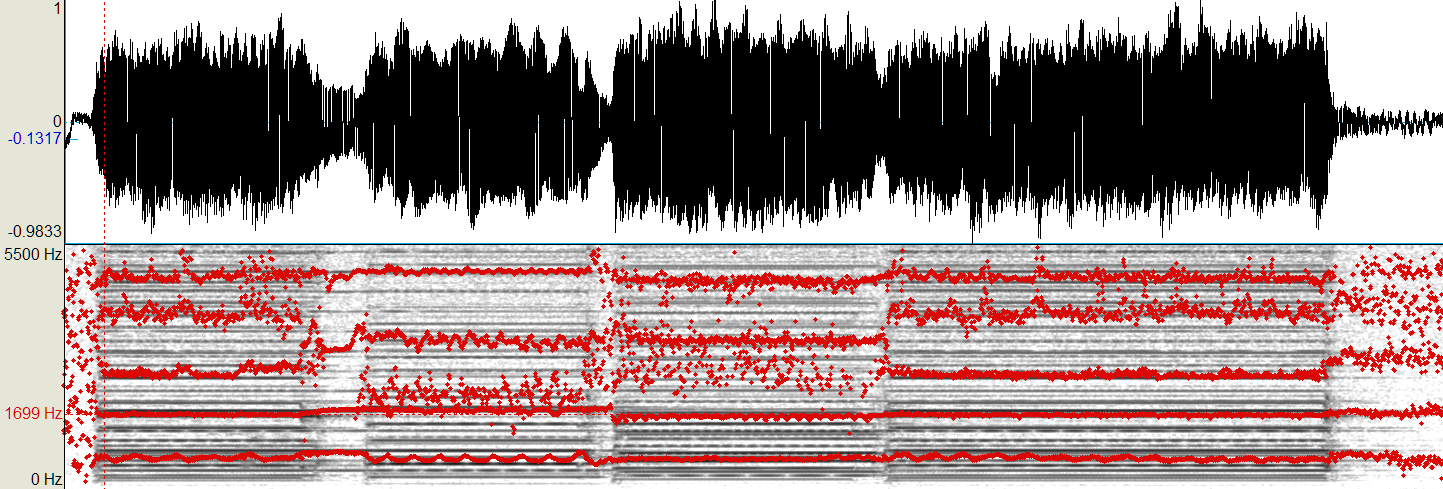

For this analysis the same settings have been used as in Marienmünster. The formant analysis shows a rather continuous location of the first, second and fifth formant whereas the third and fourth vary slightly.
Since the formants usually are analyzed to attribute vocal formants to musical sounds, a recording was made of a male voice with a fundamental frequency that corresponds to the G major cadence, singing a sequence of the German sustained vowels under anechoic conditions:
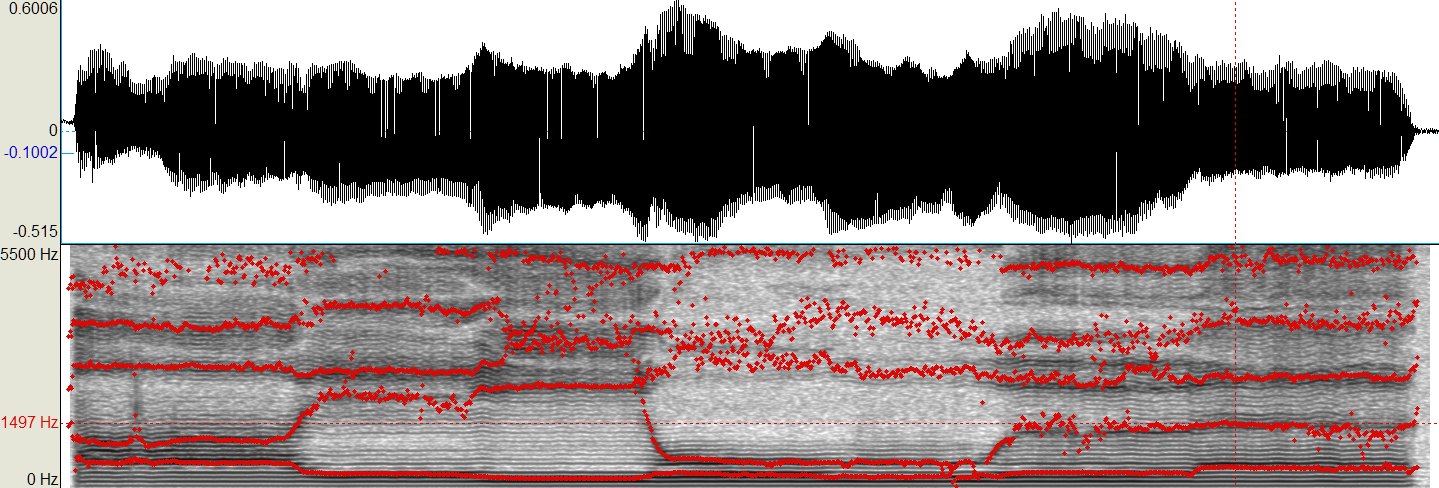

For this analysis, the same settings have been used as the organ sound analysis. It can be observed how all of the formants vary with the change of articulation. The formant comparison of the organ sounds with the vowels exhibit a match with the sound /ä/, which is close to /ə/, the central or "schwa” sound in phonetics. It is produced when no specific sound shall be articulated, i.e. the vocal tract is in a neutral position. The same formant structure is achieved when a tube with uniform cross section is used as a resonator. However, the small number of vox humana registers studied does not allow a reliable conclusion yet. Therefore, we are currently preparing comparisons of the sound characteristics of pipes from these organs with vox humana stops by Schnitger and other North German baroque organ builders, especially with respect to differences in formant structure and tonal intensity.32 This will allow a more precise analysis of the sound characteristics of North and Central German vox humana stops, and to identify the underlying concepts of sound.
Conclusions
The well-documented mutual criticisms of the Thuringian organ builder Johann Jacob John and the collaborator of the famous Northern German builders Arp Schnitger and Johann Matthias Naumann on their respective Vox humana pipes in the (meanwhile destroyed) organ in Riechenberg Monastery (close to Goslar) were used to track the differences in the construction of these reed pipes in Northern and Central German organs and their respective sound characteristics.
The Vox humana stop appeared only in the first half of the sixteenth century in the Netherlands. Its designations as "Jeu d'enfants", "Kinderbass", "Singend Regal" and "Vox humana" point at the attempt by organ builders to imitate the sound of the human voice. For constructive reasons, only few characteristics of the human voice can be reproduced by a specific pipe shape, the differences of which result in unique sound types. Three major types of the Vox humana reed stop forms have been identified: the cornetto type with cylindrical resonator and five-hole lid, the cromorne type with varying forms of double- to triple-cone, open, half-stopped or stopped resonators and, from the beginning of the eighteenth century, the hautbois type with conical resonators and vaulted lid, partly cut open (analogous to the Oboe d'amore). Additional rare special forms were developed, especially by Central and East German organ builders. The constructive form of the shallot and tongue and the resonator allow for a great variability of sound characteristics, similar to specific sound of the human voice, which results from the forms, dimensions and structure of the sound generator (infraglottic space, larynx), formant and resonance spaces (pharynx, oral and nasal cavity, etc.). After applying an acoustic formant analysis to vox humana stops from both Ringelheim and Marienmünster and comparison with vowels of a human voice, our preliminary results exhibit a match with the sound /ä/, which is close to /ə/, the central or "schwa” sound in phonetics. Depending on the constructive form of the vox humana pipes, their sound may be guttural, vocal or nasal, preferring a- to ö-formants; their preference is determined by the individual esthetics of the organ builder, marked by differences in their "soundscapes" and their art traditions.
––––––––––––––––––––––––
Acknowledgements
The Vox Humana Editorial Board offers our sincerest thanks to Harald Vogel and Friedhelm Flamme for allowing us to use their recordings in this article.
Notes
1. Michael Praetorius, Syntagma musicum 2 (Wolfenbüttel: Michael Praetorius, 1619), 116. "Blechern" means "tinny"; the resonators where made from an iron sheet instead of brass, and the resulting sound is reminiscent of a bleating calf. Return to text.
2. Lexikon der Orgel: Orgelbau, Orgelspiel, Komponisten und ihre Werke, ed. Hermann J. Busch and Matthias Geuting (Laaber: Laaber-Verlag, 2007), 817. Return to text.
3. Flor Peeters and Marten Albert Vente, with additional contributions by Guido Peeters, Ghislain Potvlieghe, and Piet Visser, De Orgelkunst in de Nederlanden van de 16de tot de 18de eeuw (Amerongen: Gaade, 1984), 74. Return to text.
4. Hans Klotz, Über die Orgelkunst der Gotik, der Renaissance und des Barock. Musik, Disposition, Mixturen, Mensuren, Registrierung, Gebrauch der Klaviere (Kassel: Bärenreiter 1975), 177–178. Return to text.
5. Klotz, 157. Return to text.
6. Hugo Wohnfurter, Die Orgelbauerfamilie Bader, 1600–1742 (Münster in Westfalen: Aschendorffsche Verlagsbuchhandlung 1981), 15. Return to text.
7. Praetorius, 145, 189. Return to text.
8. Praetorius, 178. Return to text.
9. Johannes Mayr, Joseph Gabler Orgelmacher (Biberach: Biberacher Verlagsdruckerei, 2000), 86. Return to text.
10. Peeters and Vente, 74. Return to text.
11. Praetorius, 147: "Den sie vielleicht von eines Bären stillen Brummen haben" — "they might have come from a bear's silent humming." Return to text.
12. Girėnas Povilionis and Rima Povilionienė, "Contradictions in the perception of organ stop Vox humana: From a bear's roar to the human voice: An analysis and comparison of verbal meaning and sound production" in Proceedings of the 14th International Congress of Music Perception and Cognition, July 5–9, 2016, San Francisco, USA (2016), 690–694. Return to text.
13. Gustav Fock, Arp Schnitger und seine Schule: Ein Beitrag zur Geschichte des Orgelbaues im Nord- und Ostseeküstengebiet (Kassel: Bärenreiter, 1974). Harald Vogel, Günter Lade, and Nicola Borger-Keweloh, Orgeln in Niedersachsen (Bremen: Hauschild, 1997). Cornelius H. Edskes and Harald Vogel, Arp Schnitger und sein Werk: Bildband mit den erhaltenen Orgeln und Prospekten Arp Schnitgers (Bremen: Verlag H.M. Hauschild, 2009). Konrad Küster, Arp Schnitger: Orgelbauer, Klangarchitekt, Vordenker (Kiel: Ludwig, 2019). Return to text.
14. Johannes Schäfer, "Orgelchronik der Bergstadt Clausthal-Zellerfeld" in Acta organologica 9 (1975), 82. Return to text.
15. Fock, 113. Return to text.
16. Johann Hermann Biermann and Uwe Pape, Organographia Hildesiensis Specialis von 1738, Nachdruck mit einem Anhang von Uwe Pape (Hildesheim: Georg Olms, 2008), 16. Return to text.
17. Wohnfurter, 6–8. Return to text.
18. Lexikon norddeutscher Orgelbauer, Band 1: Thüringen und Umgebung, ed. Uwe Pape, Wolfram Hackel, and Albrecht Lobenstein (Berlin: Pape-Verlag, 2019), 559–560. Gerben Gritter, Christian Müller: Orgelmaker in Amsterdam (Thesis, Utrecht University, 2014), 29. Return to text.
19. Vogel et al., 77. Return to text.
20. Pape, Lamspringe, 93; Fock, 112. Return to text.
21. Aumüller, 85. Return to text.
22. Walter Hans Kaufmann, "Andreas Schweimb und Johann Jacob John, zwei Orgelbauer der Barockzeit in Einbeck" in Einbecker Jahrbuch 29 (1970), 74. Aumüller, 88. Gritter, 30. Return to text.
23. Aumüller, 91. Return to text.
24. Aumüller, 90. Return to text.
25. Private correspondence between Cornelius H. Edskes and Gerhard Aumüller, November 12, 1996. Return to text.
26. Aumüller, 101–105. Return to text.
27. Aumüller, 105. Return to text.
28. Gerhard Aumüller, "Gab es Beziehungen der John-Reinecke-Schule zu Johann Patroclus Möller? – Eckhard Trinkaus zum Gedächtnis" in Ars Organi 49 (2001), 75. Return to text.
29. Harald Vogel, Arp Schnitger and the Hamburg Organ Tradition (Detmold: MDG, 2019). Return to text.
30. Private recording for Gerhard Aumüller. Return to text.
31. Friedhelm Flamme, Matthias Weckmann: Complete Organ Works 1 (Georgmarienhütte: CPO, 2014). Return to text.
32. Malte Kob, Physical Modeling of the Singing Voice (PhD Dissertation, Rheinisch-Westfälische Technische Hochschule Aachen, 2002; pub. Berlin: Logos Verlag, 2002). Available here. Return to text.
––––––––––––––––––––––––
The views and opinions expressed in this article are those of the author, and do not necessarily reflect the position of Vox Humana.